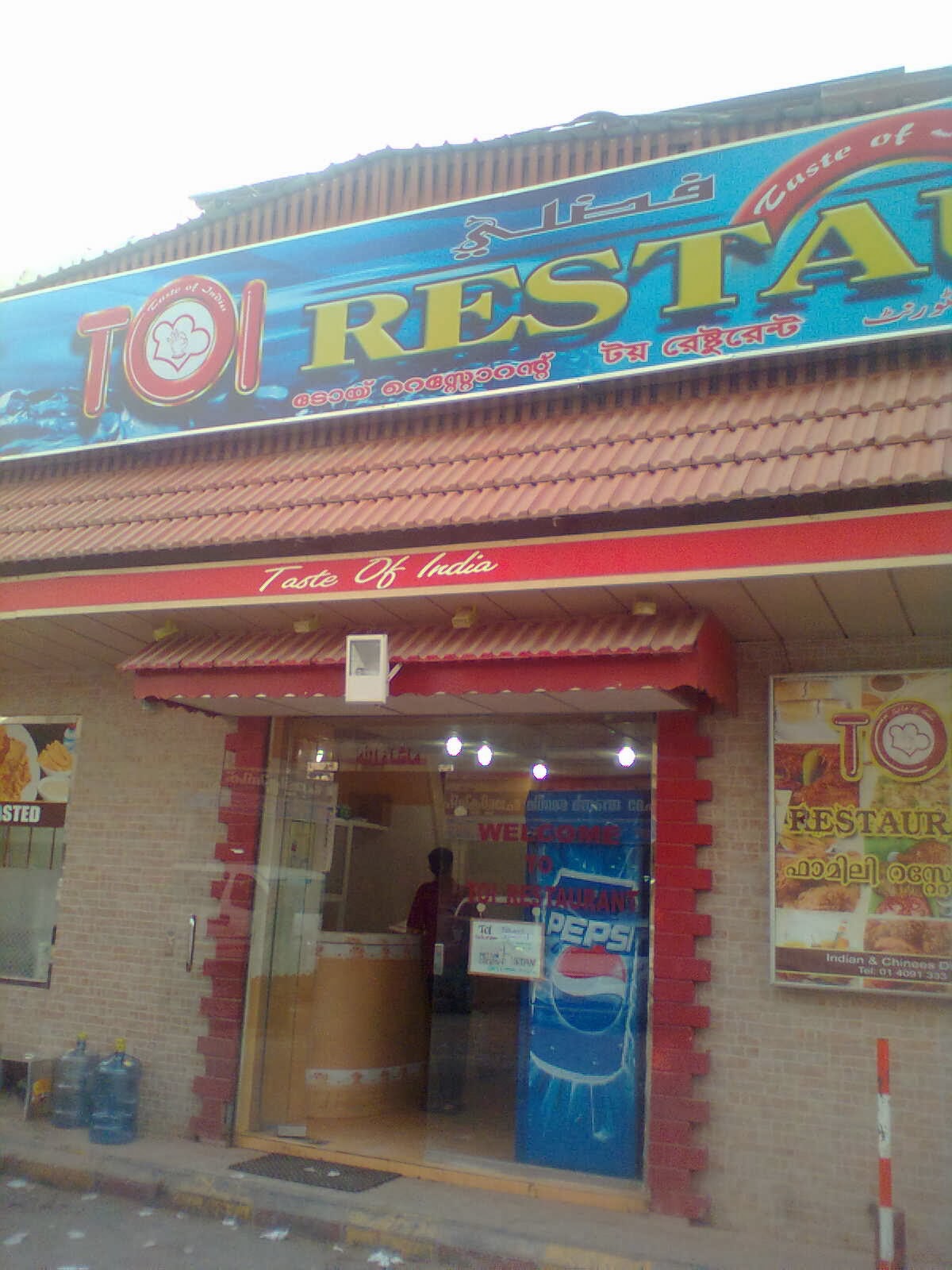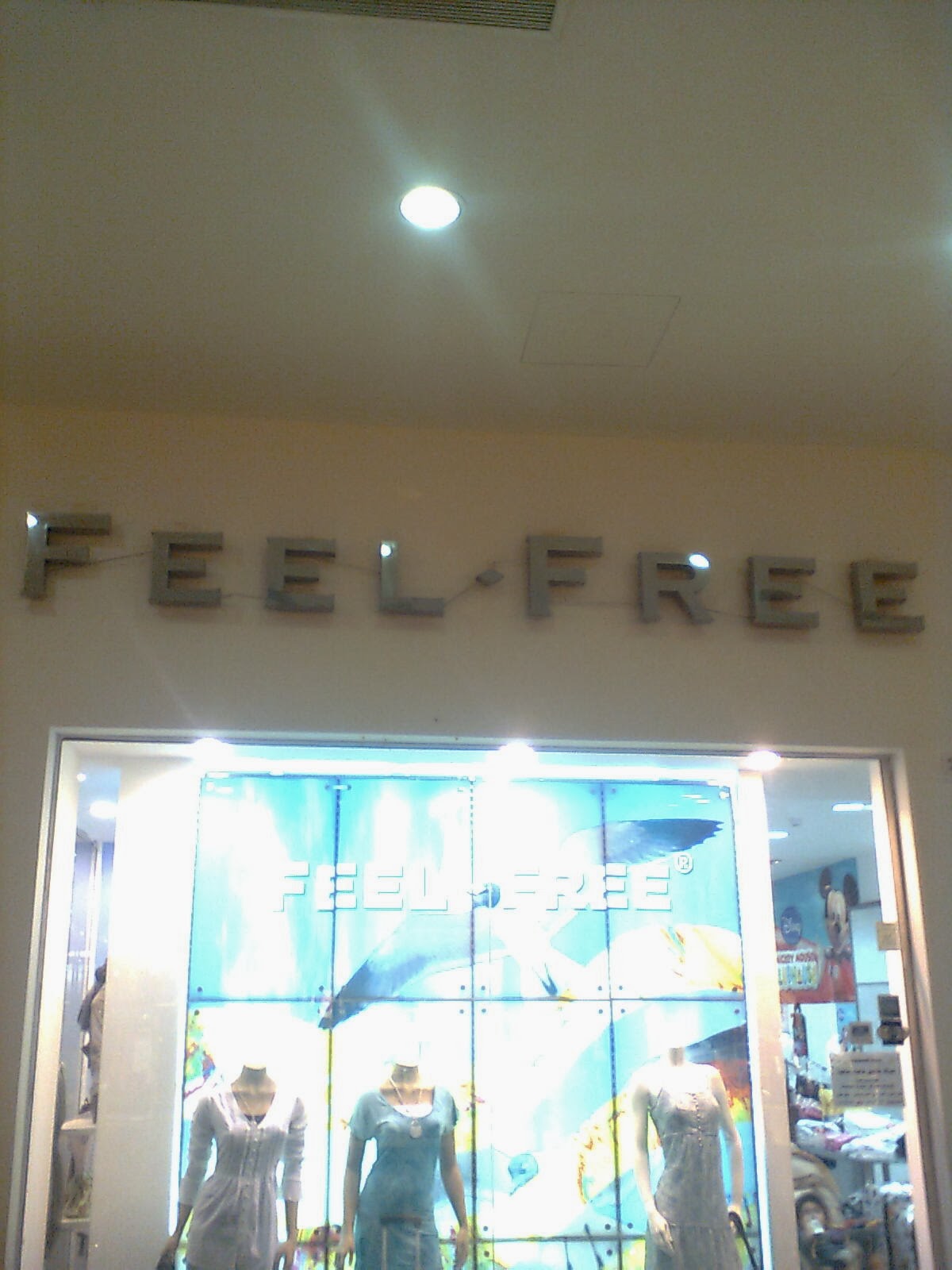Madain Saleh is a unique historical site in the north-west of Saudi Arabia, in the Al Hijr Province, current-day province of Madinah which dates back at least to around third century BC.
The place is mentioned in several verses of the Holy Quran and has an amazing history of several successive civilizations that have left indelible marks in the region.
Huh? Madain Saleh?
Madain Saleh (Al Hijr) is the southern end of the early Nabatean Civilization, that inhabited the region from Syria, Jordan in the north, Yemen in the south, and up to the Sinai Peninsula in the West. Their landmarks include the more famous Petra, of Jordan, which was their major city.
The Nabateans were very able traders and Al Hijr (Madain Saleh) area fell naturally in the caravan routes of camel and incense trade. It is also a less-known World Heritage Site.
There are magnificent stone tombs carved on massive rock facades with different kinds of tomb provisions- the family, royalty, nobles; often inscribed with names of those buried and those of the inscribers.
The Ad Diwan is one of the sights in the huge area, which is unique and not to be missed. Just like the 'Khazaneh' or Treasury at Petra, Ad Diwan is a distinct feature of the complex. It was the religious place of the location and several religious signs support it. And a 'siq' or an entrance also leads through the Ad Diwan, just as in Petra.
Another intriguing feature within the complex, though built much later during the late Ottoman days is the Hejaz Railway. The importance of Al Hijr as a crucial trade link declined with the Roman conquest of the region, and trade routes altered to further north of the peninsula from present-day Turkey in the East up to Sinai in the West. And thus Al Hijr just remained as an important link in the pilgrimage route to Madinah. The Ottomans thus built the railway network to help pilgrims travel to the holy lands.
The essentials
It takes almost a full day to see the Madain Saleh complex completely, and appreciation of the carvings and tomb cutout and symbols require a little bit of homework before the trip, to make up for the very few guides and their limitations. Entry into the complex is free but requires a permit that is issued at Riyadh Museum and also at the museum at Al Ula (also spelt as Oula, Aula, for GPS purposes) town, about 25 km from Madain Saleh site, and which will be your base for the visit. Local travel agents at Riyadh and Jeddah can also arrange it for you. As of now, there is only one hotel- Al Ula Arac Resort available, and hence early booking is recommended. The nearest airports are at Al Ula to which Saudia Airlines and Nas Airways fly, though on fewer days of the week. The other more frequent option is to fly to Madinah airport and hire a car (car rentals are available at the arrival lounges 24 x 7) and drive down to Al Ula town (about 360 km through mountainous regions, so around 4-5 hours) and from there on to Madain Saleh (another 20-25 km). There are two routes from Madinah to Al Ula- the first one parallel to the west coast of about 353 km, and the other via Khyber, which most travel agent buses prefer, but is a little longer 376 km.
Tickets to Madinah and the Madinah airport itself can be very difficult to deal with during the peak pilgrimage season and thus best avoided.



